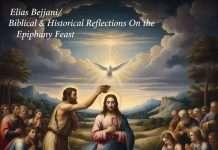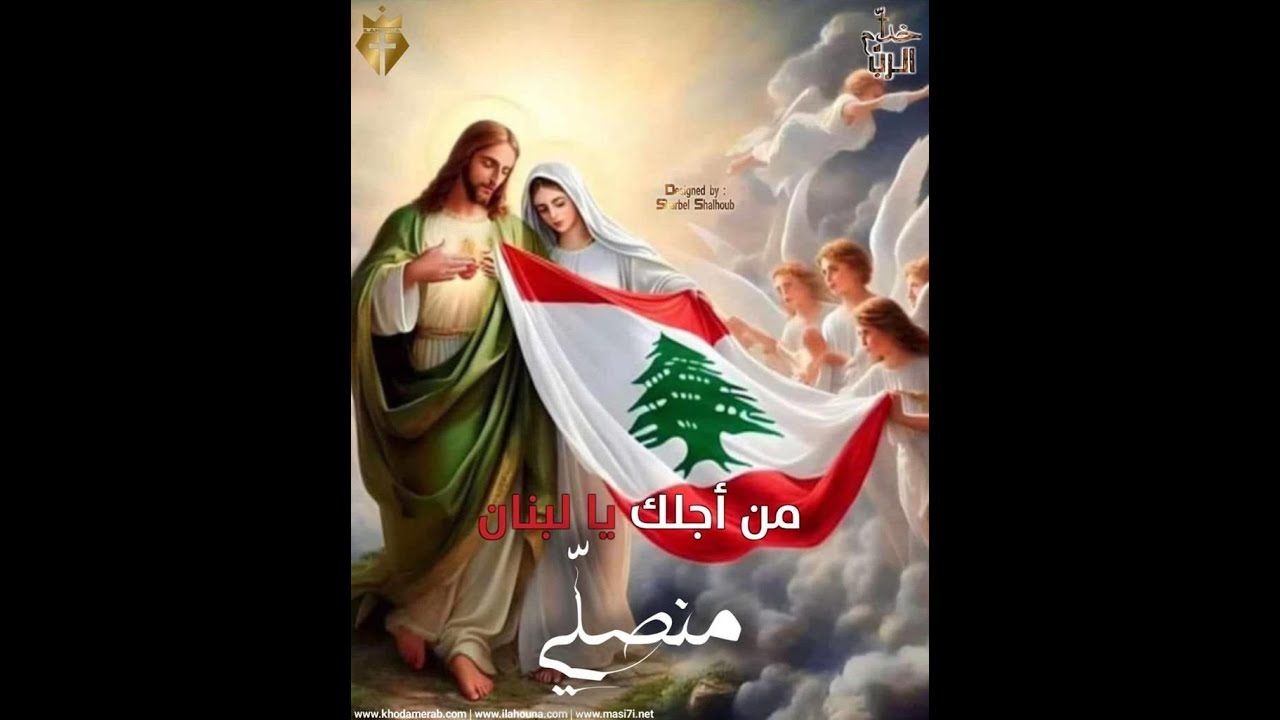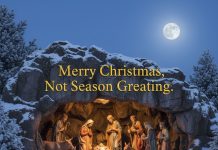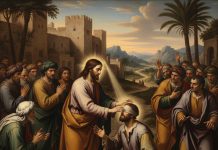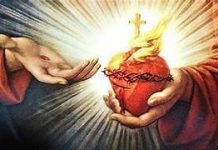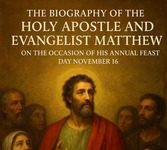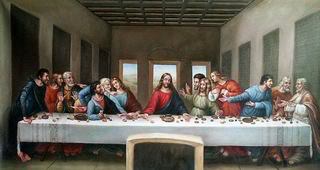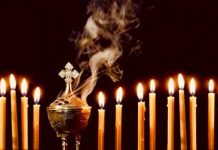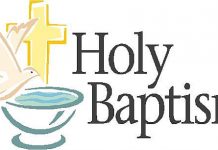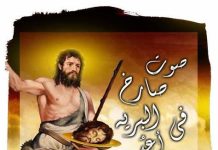Holy Thursday – A Celebration of Love, Sacrifice, and Divine Mysteries
Elias Bejjani
Holy Thursday – A Celebration of Love, Sacrifice, and Divine Mysteries
On the Thursday preceding Good Friday—the day when Jesus was crucified—Catholics around the world, including our Maronite Eastern Church, commemorate Thursday of the Holy Mysteries. This sacred day is also known as Washing Thursday, Covenant Thursday, and Great and Holy Thursday. It marks the Last Supper of Jesus Christ with His twelve Apostles, as described in the Gospels. It is the fifth day of the Holy Week of Lent, followed by Good Friday, Saturday of the Light, and Easter Sunday. At its core, Christianity is a faith of love, sacrifice, honesty, transparency, devotion, hard work, and humility. During the Last Supper, Jesus reaffirmed and embodied these divine values. In this solemn and meaningful setting, He performed several key acts that laid the spiritual foundation of our faith: He ordained His Apostles as priests, commanding them to proclaim God’s message: “You are the ones who have stood by me in my trials. And I confer on you a kingdom, just as my Father conferred one on me, so that you may eat and drink at my table in my kingdom and sit on thrones, judging the twelve tribes of Israel.” (Luke 22:28–30)
He warned against betrayal and spiritual weakness, teaching that temptation and evil can overcome those who detach themselves from God, lose faith, or worship earthly treasures. Even Judas Iscariot, whom Jesus Himself had chosen, fell to Satan’s temptation: “But behold, the hand of him who betrays me is with me on the table. The Son of Man will go as it has been decreed. But woe to that man who betrays him!” (Luke 22:21)
He washed His Apostles’ feet, setting an eternal example of humility, love, and service: “Do you understand what I have done for you?” he asked them. “You call me ‘Teacher’ and ‘Lord,’ and rightly so, for that is what I am. Now that I, your Lord and Teacher, have washed your feet, you also should wash one another’s feet. I have set you an example that you should do as I have done for you.” (John 13:12–15)
When the Apostles began arguing about who among them was the greatest, Jesus responded with a powerful lesson in modesty: “The kings of the Gentiles lord it over them… But you are not to be like that. Instead, the greatest among you should be like the youngest, and the one who rules like the one who serves. For who is greater, the one who is at the table or the one who serves? Is it not the one who is at the table? But I am among you as one who serves.” (Luke 22:24–27)
Thursday of the Holy Mysteries is so named because during the Last Supper, Jesus instituted two of the most sacred sacraments of the Church: the Eucharist and the Priesthood.
“Then He took a cup, gave thanks, and said, ‘Take this and share it among yourselves. For I tell you I will not drink again from the fruit of the vine until the kingdom of God comes.’ And He took bread, gave thanks and broke it, and gave it to them, saying, ‘This is my body given for you; do this in remembrance of me.’ In the same way, after the supper He took the cup, saying, ‘This cup is the new covenant in my blood, which is poured out for you.’” (Luke 22:17–20)
On this Holy Day, the Maronite Church relives the spirit of the Last Supper through reverent prayers, liturgies, and longstanding sacred traditions: The Patriarch blesses the Holy Chrism (Myron), along with the oils used for baptism and anointing, which are then distributed to all parishes. During the Holy Mass, the priest washes the feet of twelve parishioners—often children—to symbolize Jesus’ act and the humility of service.
The faithful visit seven churches, a ritual signifying the fullness of the seven sacraments of the Church: Priesthood, Eucharist, Holy Oil, Baptism, Confirmation, Anointing of the Sick, and Service. It also honors the seven stations believed to be visited by the Virgin Mary as she searched for her Son after His arrest: the place of detention, the Council of the Priests, Herod’s palace (twice), Pilate’s headquarters (twice), and finally Calvary. This tradition is believed by some scholars to have originated in Rome, where early Christian pilgrims visited the Seven Pilgrim Churches as a form of penance: Saint John Lateran, Saint Peter, Saint Mary Major, Saint Paul Outside the Walls, Saint Lawrence Outside the Walls, Holy Cross in Jerusalem, and traditionally Saint Sebastian Outside the Walls. For the Jubilee Year 2000, Pope John Paul II substituted the Sanctuary of the Madonna of Divine Love for Saint Sebastian.
The Mass of the Lord’s Supper is marked by the ringing of bells, which then fall silent until the Easter Vigil. Worshipers spend the evening in prayer and contemplation before the exposed Blessed Sacrament, meditating on the Agony in the Garden of Gethsemane, where Jesus spent His final night before His crucifixion.
Following the homily and foot washing, the Eucharist is solemnly processed to the Altar of Repose, where it remains throughout the night. The main altar is then stripped bare—along with all others in the church—symbolizing Christ’s humility and the anticipation of His Passion. Before celebrating the Resurrection on Easter Sunday, Christians live the Paschal Mystery beginning with Thursday of the Sacraments, continuing through Good Friday, and culminating in Saturday of the Light. Because He loves us and desires our eternal salvation, Jesus Christ willingly endured suffering, pain, humiliation, and death on the Cross—for our sake.
Let us pray on this Holy Day that we may always remember His love and sacrifice, and strive to live lives of true faith, humility, forgiveness, and service.
N.B: The Above Piece was first published in 2013

